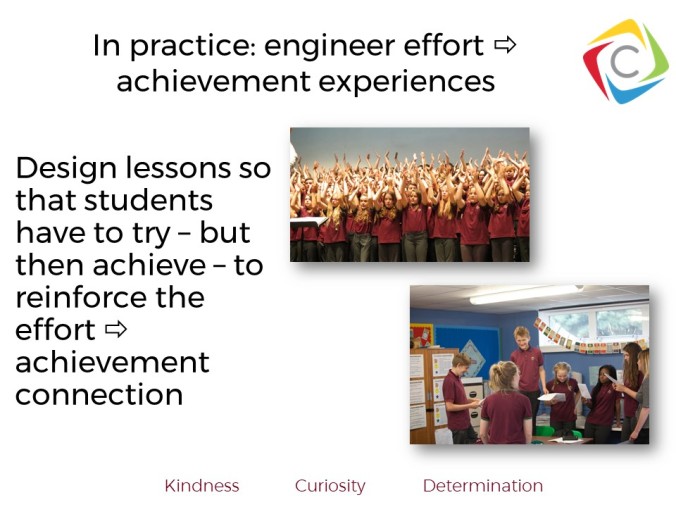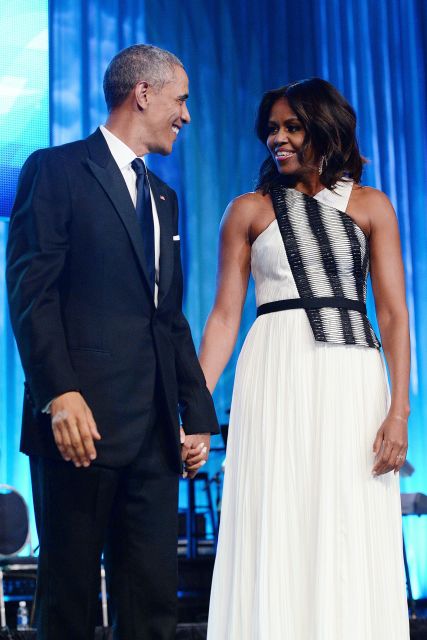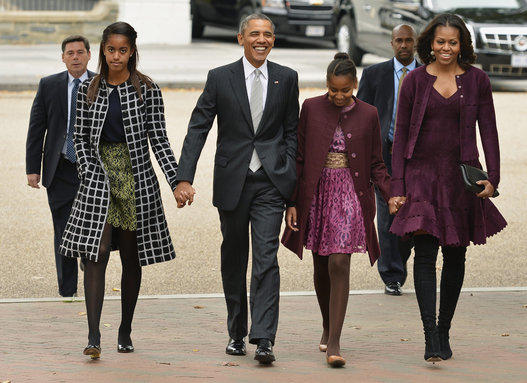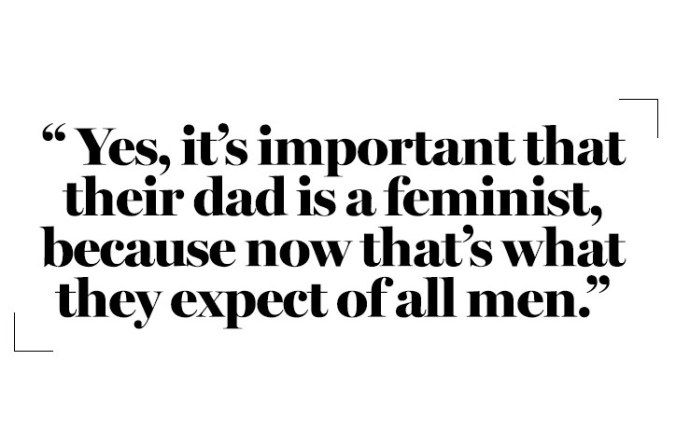I published my first blog on the subject of growth mindset in March 2014. Since that point I have been refining and developing my understanding of the psychology behind mindsets, and the research into implementation of mindset theory in practice. I have learned a lot about the psychology of motivation, and the challenges of scaling interventions to shift beliefs about intelligence and ability, and I have also become more and more convinced that mindset provides a “golden thread” for school improvement. This book is my attempt to gather my thoughts, explain my journey, and describe my experiences to anyone who is interested in helping their school become a growth mindset school.
Part of the drive to write this book came from a desire to right some wrongs. There is a lot of nonsense trotted out under the banner of “growth mindset” and, like any promising research, it has gathered its fair share of detractors. There is a tendency in some quarters to see it as a kind of panacea, a silver bullet which will quickly fix all your educational problems. Put up a couple of displays full of quotations, tell the students that “if you work harder, you’ll get smarter,” and sit back to watch them flourish. Of course, it’s not that simple, and this book doesn’t offer any of those simple solutions.
The problem is that growth mindset has been understood the wrong way round. The way that it’s often talked about – and I think Mindset itself is guilty of this – suggests that changing learners’ beliefs about themselves leads to more successful academic progress and achievement. What I have learned, from working with mindsets over the past years, is that the inverse is usually true: good academic progress and achievement, when it is the result of sustained effort and effective learning strategies, changes learners’ beliefs about themselves. If you work hard and make progress, again and again and again, over years, you come to equate hard work with progress. This is the growth mindset. If you work hard and don’t make progress, you come to believe that you can’t do it; this is the fixed mindset. If you make progress without having to work too hard, this can also lead to a fixed mindset: what Dweck calls “the worst belief anybody can have about themselves,” that if you are talented you shouldn’t need effort.
A growth mindset school, then, needs to be a place where students have to try hard, and then achieve success as a result. Every day, again and again, we have design experiences where students have to put in the effort, and then experience the satisfaction of seeing it pay off. Because our beliefs are forged far stronger by our experiences than by what we our told – no matter how good the assembly, or how inspirational the poster.

The cornerstone of a growth mindset ethos at Churchill Academy & Sixth Form
As David Didau and Nick Rose say in What every teacher needs to know about psychology:
“The overriding component in all of this is that students must believe they can improve through their own efforts. Probably the best way of achieving this is for students to experience some success as a consequence of applying greater effort.”
In Becoming a growth mindset school I attempt to make the case for a whole school culture, where every member of staff is engaged in working to develop positive attitudes to learning in the children at the school; where practice is based in scientific evidence, supported by research, and constantly refined in the light of new developments; a culture with compassion and kindness at its heart; a culture which values honesty about failures and mistakes, seeing them not as labels but as opportunities to learn. This is a growth mindset school.
I hope you enjoy the book! You can find out more and buy it here:



 Jim Hildrew at Grasmere School (date unknown)
Jim Hildrew at Grasmere School (date unknown) 




 The Sixties: what a decade
The Sixties: what a decade  Buzz Aldrin walking on the surface of the moon in 1969 (Source:
Buzz Aldrin walking on the surface of the moon in 1969 (Source: 
